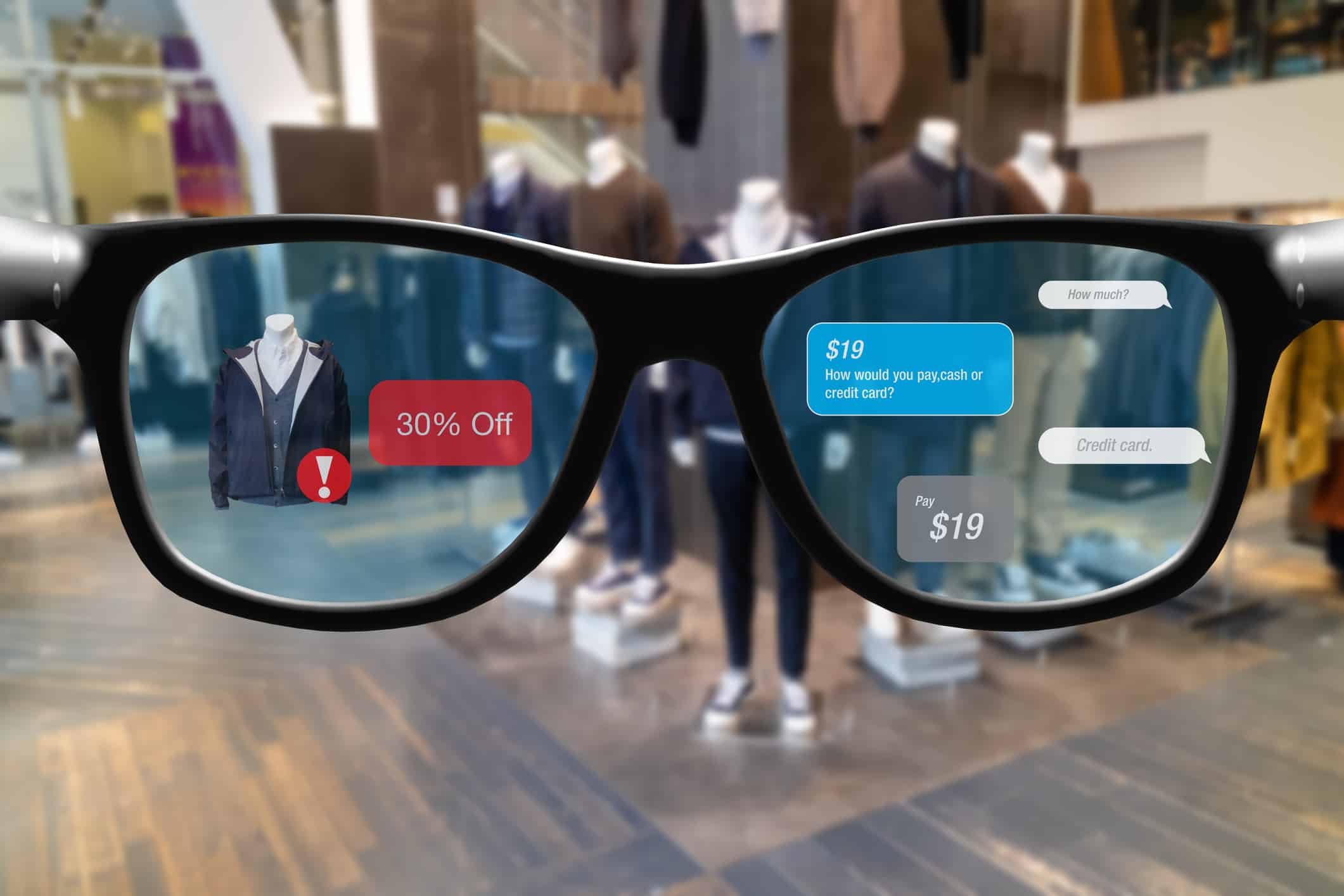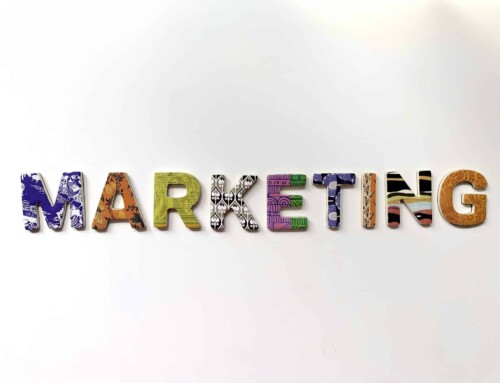Do you ever feel like your phone notices when you are near a restaurant and pops up with a notification about it? That, in its most basic form, is geofencing.
Geofencing is a tool that helps marketers interact with mobile devices all over the world. The amount of time that the average American spends on their phones per day makes geofencing a valuable tool for marketers.
What is Geofencing?
Geofencing is a virtual boundary that is placed around a physical location in a digital geographical system. Once the fence has been placed around the location, you can determine what actions to take when devices enter it. Studies have shown that about 72% of consumers will follow a call-to-action if they are near the retailer’s physical location, which is why geofencing can be highly effective.
Location Marketing
There are a few ways you can do this one. The first is, a device has entered your store and has your app, send them a coupon. One of the best geofencing examples out there is the 2018 geofencing Whopper Detour campaign Burger King launched against McDonald’s. When they launched their new app in December of 2018, if you had the app and came within 600 feet of a McDonald’s, an offer would pop up for a Whopper that cost only a penny.
In just two days, the app got over one million downloads and was in the #1 spot in both Android and iOS quickly. The campaign was covered by many media outlets, getting even more impressions. The Whopper Detour campaign was an unmitigated success, and it showed the true power of geofencing. Though it is not recommended to launch a trolling campaign like this, Burger King just has a long history of trolling McDonald’s in its ad campaigns.
However, you can do a more subtle version of the Whopper Detour. If you have a rival, you can set up geofencing to target people when they are in that store, or in its vicinity, giving them a better offer than they might receive from your rival, luring them out of that store and into yours.
Another example of geofencing location marketing is the Sephora app. If you have it, you receive exclusive offers and a “shopper’s companion” while you are in the store. This is a much more straightforward, non-trolling version of geofencing location marketing.
Not Just for Marketing
While geofencing is an excellent tool for marketing, it also serves some great purposes in other industries.
Data gathering
Geofencing can be used to help collect anonymous data from a lot of devices. This is often used for needing to know what percentage of people in an area use/encounter a specific thing in the geofence. Often, this is used for things like urban planning and demographics.
Workplace
One way that geofencing can be set up is by reminding employees when they enter or leave the building to clock in or out. If you are in an industrial, construction, or health care field, geofencing can be used to alert employees when they are entering a hazardous area or an area that requires special gear to enter.
Is Geofencing Right for Your Business?
Since everyone is on the go these days, and their smartphones are with them, geofencing can be an important part of a marketing strategy. It helps extend your reach to more customers since ads or information on your products or services are sent to them when they are near your business. Geofencing can help get your potential customers’ attention when they are right next to your store; in a way, it is like always having a sign waver outside your store.
Geofencing can also help increase your brand awareness. With geofencing, you can reach a broader pool of customers, and seeing your brand pop up on their phones can help draw them in and get them to look into your company more.
Any business that has a physical location can benefit from geofencing. However, some businesses will benefit more from geofencing than others. These include:
- Food and Beverage
- Retail
- Entertainment
- Auto and Auto Aftermarket
- Legal
- Medical
- Education
- Tourism
While social media ads are one of the biggest parts of most advertising strategies, when you combine geofencing with it, you can focus right on the people who are likely to convert, based on your geofence’s demographics parameters are right by your business.
Measuring Geofencing Efforts
In a physical store, you can try to gather data about how customers heard about you, but it is not easy to do. Even if you put a survey and an incentive for completion, not many customers will fill it out. Geofencing can give you precise data on your conversion rate so that you can see how effective your marketing efforts are.
Offer Incentives
Sales are hard to resist, and since your goal with geofencing is to draw in nearby customers, offer a discount, a limited time offer, or a gift of some sort. You can use these offers to help you track the effectiveness of your geofencing in a few different ways. If this is through an app, you can have them save the discount to their app account. You can also offer a special QRC code for them to have scanned at checkout.
Conclusion
Geofencing is one aspect of digital marketing that can often get overlooked when planning a marketing strategy. However, if you have a physical location, it can be beneficial for a company to utilize geofencing as part of their marketing strategy, as it can be helpful to draw in customers, both new and old. Seattle Digital Marketing can help design a strategy that works for your business. Contact us today to learn more!


